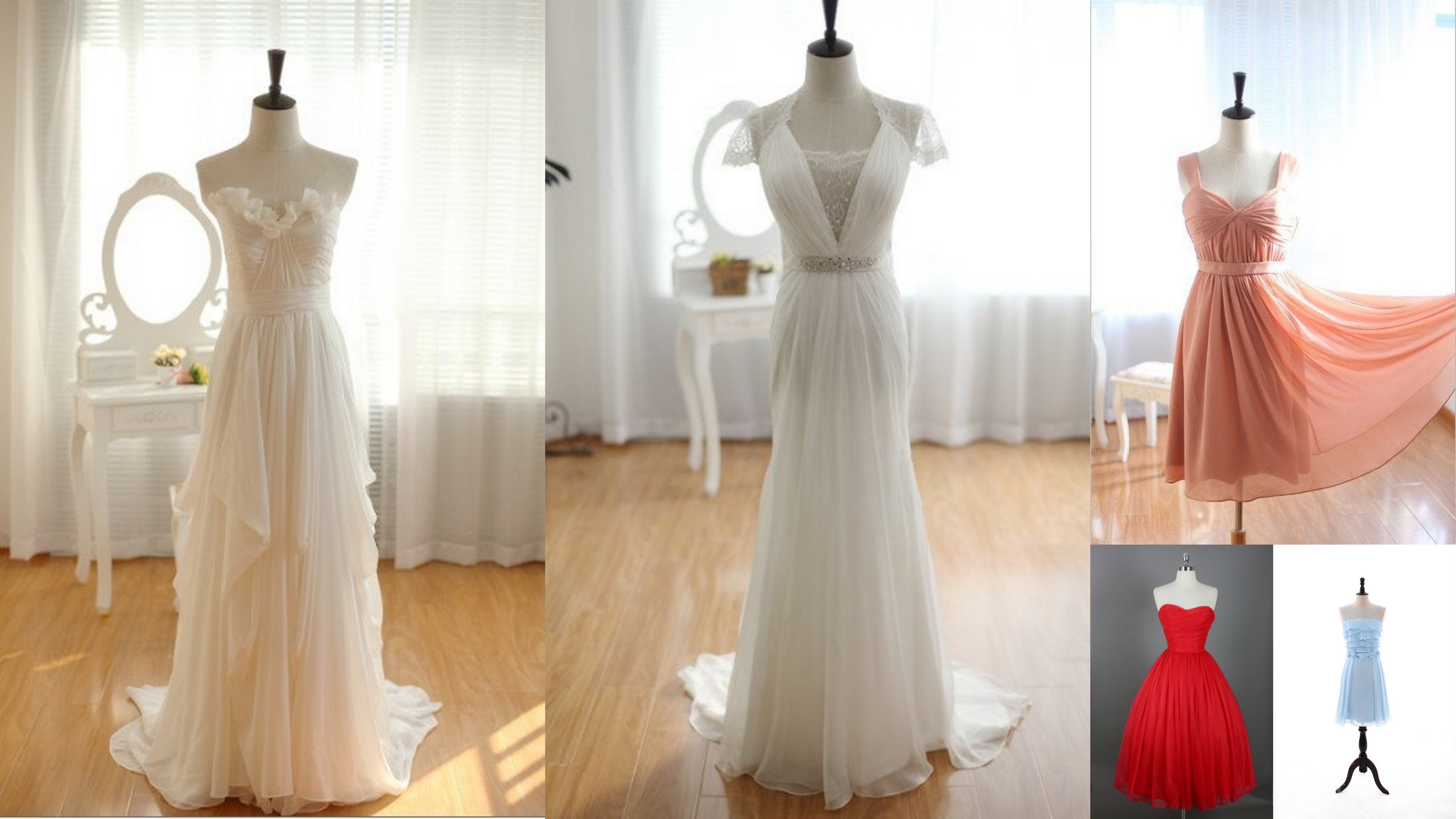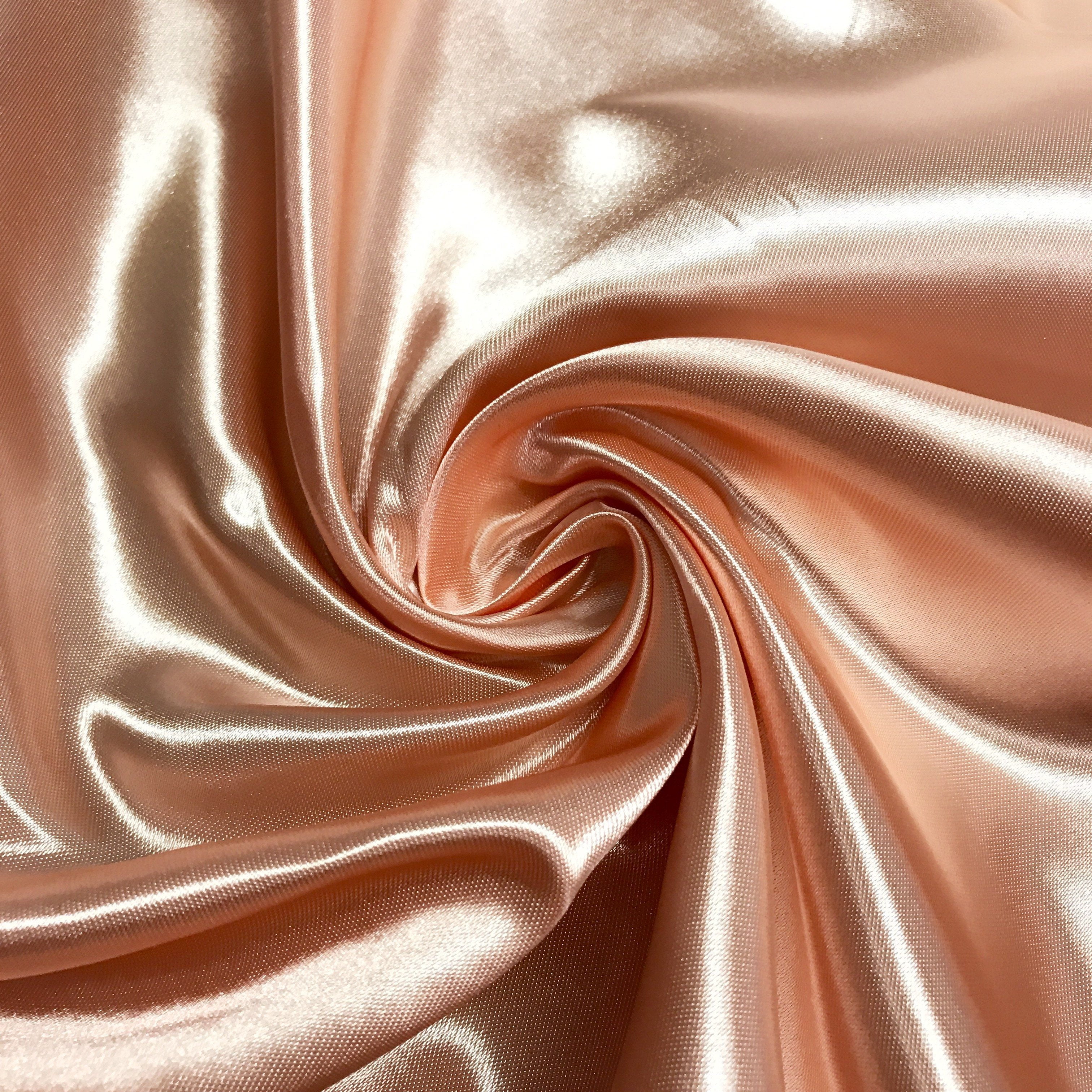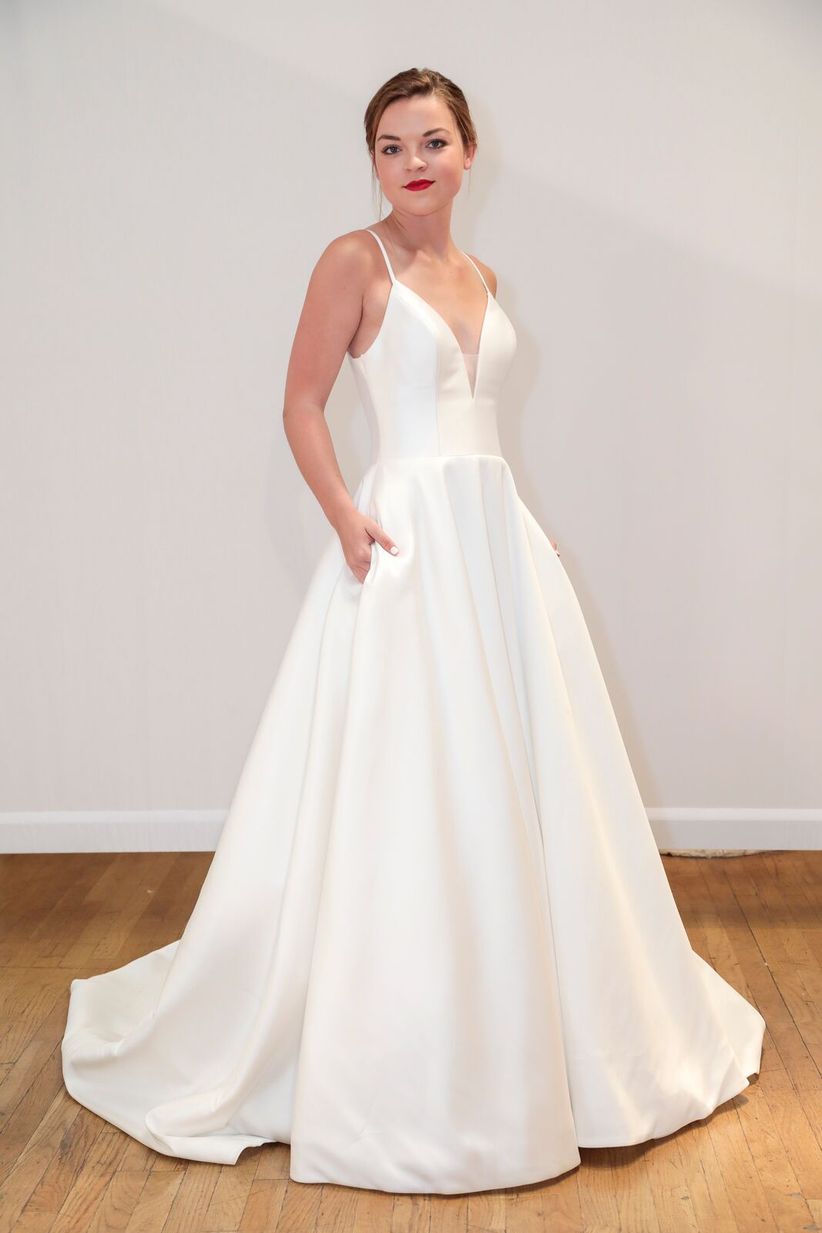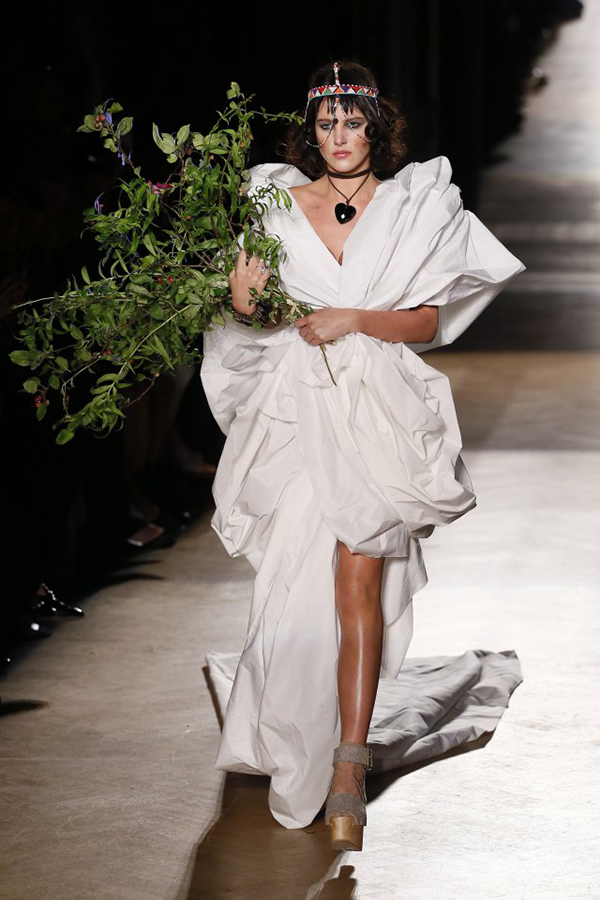Wedding dress bridal organza fabric dresses maggie sottero sweetheart skirt taffeta gowns guide london neckline gown bodice popular line lace
Table of Contents
Table of Contents
Are you getting married soon? Then you must be looking for the perfect wedding dress that will make you feel confident and beautiful on your big day. Yet, choosing the right wedding dress material can be a daunting task. But don’t worry, we have got you covered. In this article, we will discuss everything you need to know about wedding dress material and help you make the best decision for your special day.
The pain points of wedding dress material
The fabric of your dress is one of the most important factors to consider as it will determine the way it looks, feels, and flows. With so many options available in the market, the decision can be quite overwhelming. Moreover, different materials have different levels of comfort, durability, care, and price. It can be challenging to navigate these factors and find the one that suits your preferences and budget. But making an informed decision about the wedding dress material can save you a lot of money, time, and hassle in the long run.
The target of a wedding dress material
The primary goal of wedding dress material is to create a beautiful, elegant, and stylish gown that flatters your body and suits your personality. While the design and style of the dress is crucial, the fabric provides the foundation for the overall look and feel. Some of the commonly used wedding dress materials include silk, satin, lace, tulle, chiffon, and organza. Each material has its unique texture, weight, and drape, which can affect the dress’s silhouette and movement.
The main points of wedding dress material
Choosing the right wedding dress material is essential to ensure that you look and feel your best on your big day. Factors like budget, style, season, venue, and personal preference can influence your decision. Silk and satin are classic, luxurious, and elegant options, while lace and organza are delicate and feminine choices. Tulle and chiffon are lightweight and flowy materials that are perfect for summer or beach weddings. To make an informed decision, you need to know the pros and cons of each material and consider how they align with your vision and budget.
Silk
Silk is a luxurious, high-quality fabric that has been used for wedding dresses for centuries. It is soft, lightweight, and has a natural shine that adds a touch of elegance and sophistication to any gown. Silk drapes beautifully, creating a flowy and romantic feel. However, silk is also expensive, delicate, and requires special care. It can easily wrinkle, stain or lose its shape if not handled properly. It’s also prone to watermarks, which can be challenging to remove.
 When I was choosing my wedding dress, I knew I wanted something that would feel luxurious and timeless. So, I opted for a silk gown that had a classic A-line silhouette and pearl accents. The dress had a dreamy, ethereal quality that made me feel like a princess. However, I had to be extra careful to avoid spilling anything on it, and I had to get it professionally cleaned after the wedding.
When I was choosing my wedding dress, I knew I wanted something that would feel luxurious and timeless. So, I opted for a silk gown that had a classic A-line silhouette and pearl accents. The dress had a dreamy, ethereal quality that made me feel like a princess. However, I had to be extra careful to avoid spilling anything on it, and I had to get it professionally cleaned after the wedding.
Lace
Lace is a delicate and timeless material that adds a touch of romance and femininity to any gown. It is available in various textures, patterns, and designs, and can be used as an overlay or as an accent. Lace is versatile and can create a vintage, bohemian, or traditional look, depending on the style and color palette of the dress. However, lace is fragile, and can easily tear, snag or stain. It is also more expensive than other materials.
 For my wedding, I chose a dress with a lace bodice and a satin skirt. The delicate lace added a touch of sophistication and femininity to the simple A-line design. However, I had to be extra careful while wearing it to avoid catching the lace on anything. But it was worth the extra attention. I received many compliments on my dress, and it made me feel beautiful on my special day.
For my wedding, I chose a dress with a lace bodice and a satin skirt. The delicate lace added a touch of sophistication and femininity to the simple A-line design. However, I had to be extra careful while wearing it to avoid catching the lace on anything. But it was worth the extra attention. I received many compliments on my dress, and it made me feel beautiful on my special day.
Satin
Satin is a smooth, glossy, and luxurious fabric that has a rich and polished appearance. It is perfect for formal weddings and creates a glamorous and sophisticated feel. Satin has a flowy and elegant drape that complements various dress styles and silhouettes. However, satin is prone to wrinkles, and can be challenging to clean. It also has a heavier weight than other materials, which can create discomfort during hot weather.
 When I was searching for my wedding dress, I fell in love with an A-line satin gown that had a sweetheart neckline and a beaded belt. The dress hugged my curves in just the right way, making me feel confident and beautiful. The satin fabric added a touch of glamour and sophistication to the classic silhouette. However, the dress was quite heavy, and I had to take several breaks during the reception to cool down.
When I was searching for my wedding dress, I fell in love with an A-line satin gown that had a sweetheart neckline and a beaded belt. The dress hugged my curves in just the right way, making me feel confident and beautiful. The satin fabric added a touch of glamour and sophistication to the classic silhouette. However, the dress was quite heavy, and I had to take several breaks during the reception to cool down.
Question and Answer
What is the most affordable wedding dress material?
Polyester is the most affordable wedding dress material. It is a synthetic fabric that is durable and easy to care for. Polyester can mimic the look of silk, satin, or chiffon, without the higher price tag. However, it has a less luxurious and soft feel than natural materials.
What is the best wedding dress material for summer?
Tulle and chiffon are the best wedding dress materials for summer. They are lightweight, breathable, and flowy, making them perfect for hot weather. Tulle has a soft and delicate texture that creates a dreamy and romantic look, while chiffon has a sheer and billowy quality that adds a touch of elegance and movement.
What is the most popular wedding dress material?
Satin and lace are the most popular wedding dress materials. Satin has a luxurious and polished look that suits various dress styles and silhouettes. Lace has a delicate and romantic quality that adds a touch of femininity and elegance to any gown.
What is the most easy-care wedding dress material?
Polyester and silk blends are the most easy-care wedding dress materials. They are durable, wrinkle-resistant, and can be machine-washed or dry-cleaned. However, silk blends can be more expensive than polyester, and may require special care for stains and watermarks.
Conclusion of wedding dress material
Choosing the right wedding dress material can be overwhelming, but it is crucial to ensure that you look and feel your best on your special day. Silk, lace, satin, tulle, chiffon, and organza are some of the most popular and versatile options available in the market. Each material has its unique properties, advantages, and disadvantages, that should be considered before making a decision. By doing thorough research, considering your budget, and shopping around, you can find the perfect wedding dress material that suits your vision and personality.
Gallery
The 25 Most Popular Wedding Gowns Of 2014 | BridalGuide

Photo Credit by: bing.com / wedding allure bridals gowns gown dress dresses style fashion most popular bridal classic bridalguide collection ballgown belle jackie bride vintage
Bridal Satin Fabric Silky Poly 60" Wide Heavy Wedding Dress Drapery By

Photo Credit by: bing.com / fabric satin dress bridal poly yard wedding silky
Bridal Guide To Popular Wedding Dress Fabric | Weddingbee Photo Gallery

Photo Credit by: bing.com / wedding dress bridal organza fabric dresses maggie sottero sweetheart skirt taffeta gowns guide london neckline gown bodice popular line lace
Wedding Dress Fabrics | Wedding Ideas | A2ZWeddingCards

Photo Credit by: bing.com / wedding dress fabrics types different clothing a2zweddingcards chiffon making
The 8 Wedding Dress Fabrics To Know Before You Shop - WeddingWire

Photo Credit by: bing.com / dress wedding fabrics weddingwire mikado know before shop






